1. Peanut Butter
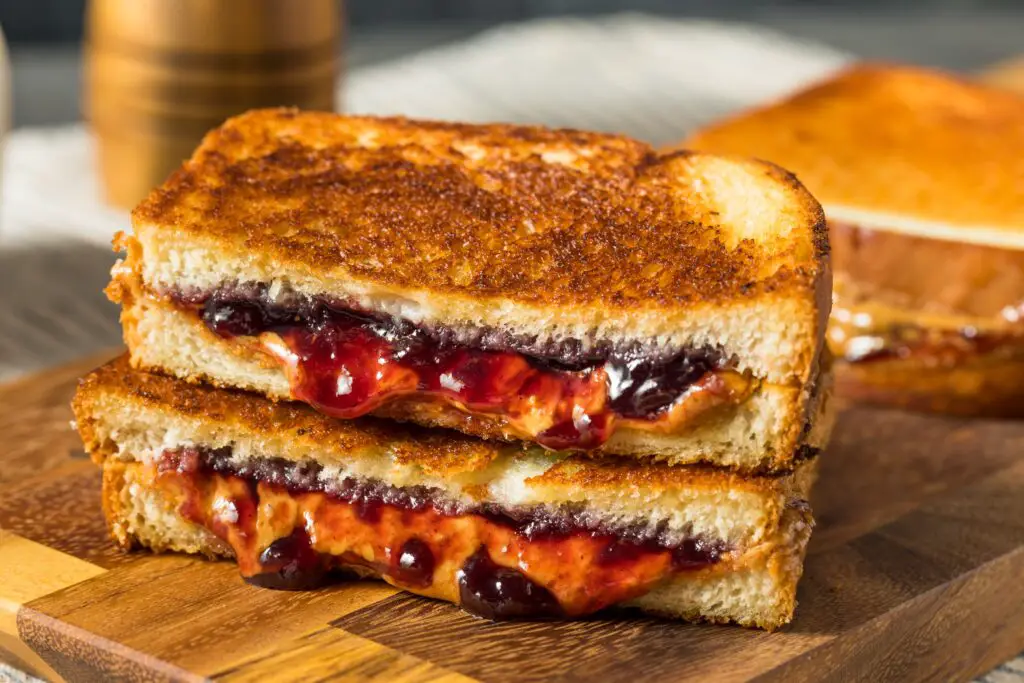
Peanut butter, a staple in kitchens across the globe, was actually born from necessity. In the late 19th century, Dr. John Harvey Kellogg (yes, the cereal guy) was looking for a way to create a nutritious, protein-packed food for patients who had trouble chewing. His solution? A simple paste made from ground peanuts. At the time, Kellogg’s creation was marketed as a healthy alternative to meat, catering to those with digestive issues. It wasn’t until the early 1900s that it really took off, thanks to companies like Skippy and Jif, turning peanut butter into the creamy, spreadable snack we know today.
Peanut butter’s creation in the medical field underscores just how resourceful humans can be when faced with a need. From its humble beginnings in the world of health to being slathered on sandwiches, paired with jelly, or stirred into desserts, it’s a testament to culinary innovation born out of desperation.
2. Chocolate Chip Cookies

The chocolate chip cookie, one of America’s favorite treats, was actually an accidental invention. In the 1930s, Ruth Wakefield, who ran the Toll House Inn in Massachusetts, was attempting to make a chocolate cookie when she ran out of baker’s chocolate. Instead, she chopped up a bar of Nestlé chocolate, expecting it to melt into the batter. To her surprise, the chocolate held its shape and created those iconic, gooey chunks we know today. She quickly partnered with Nestlé to produce the recipe, and the chocolate chip cookie became a household staple.
This delicious mistake turned into a billion-dollar industry, but it all started from a bit of kitchen improvisation. The next time you’re dunking a warm chocolate chip cookie in milk, remember that Ruth Wakefield’s moment of desperation led to one of the most beloved cookies in history.
3. Rice Krispies Treats
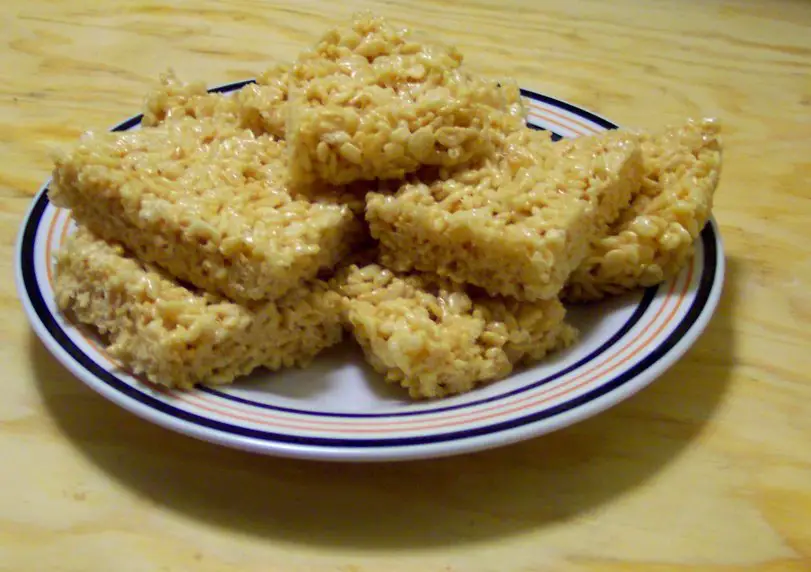
In the 1930s, the creation of Rice Krispies Treats was born out of necessity when a woman named Malitta Jensen, who worked at Kellogg’s, was tasked with promoting Rice Krispies. She needed a recipe to catch the public’s attention but didn’t have much time. Armed with some butter, marshmallows, and Rice Krispies, she whipped up a quick treat. The result? A crispy, sweet, gooey treat that became an instant hit.
Rice Krispies Treats, as simple as they are, became a dessert that required little more than pantry staples. What began as an easy promotional snack soon became a classic, showing that sometimes the best ideas come when you’re under pressure and short on time.
4. Potato Chips
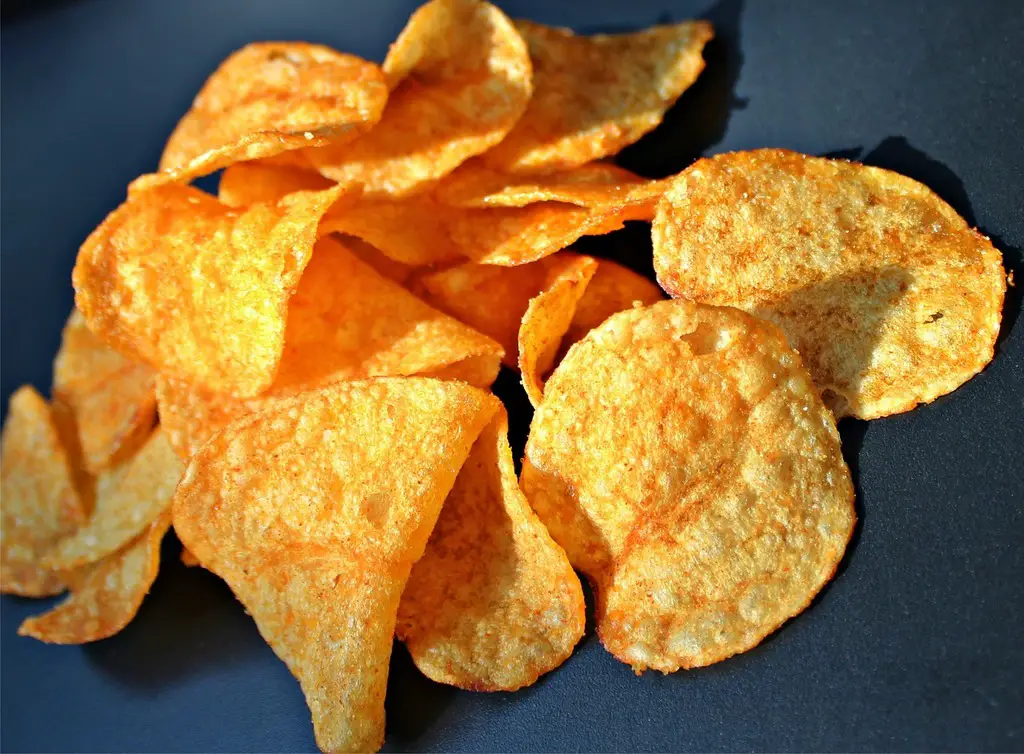
Potato chips were invented because of one particularly picky customer. In 1853, chef George Crum was working at the Moon’s Lake House in Saratoga Springs, New York, when a patron complained that his fried potatoes were too thick and soggy. In a moment of frustration, Crum sliced the potatoes paper-thin and fried them to a crisp. The result was an unexpected success, with the customer loving the crispy chips. Soon, potato chips were added to the menu, and they quickly became a favorite snack.
What was initially a frustrated reaction to a customer’s complaint turned into one of the world’s most iconic snacks. Potato chips now come in countless flavors, but they all trace their roots to one man’s desperate attempt to satisfy a finicky diner.
5. S’mores
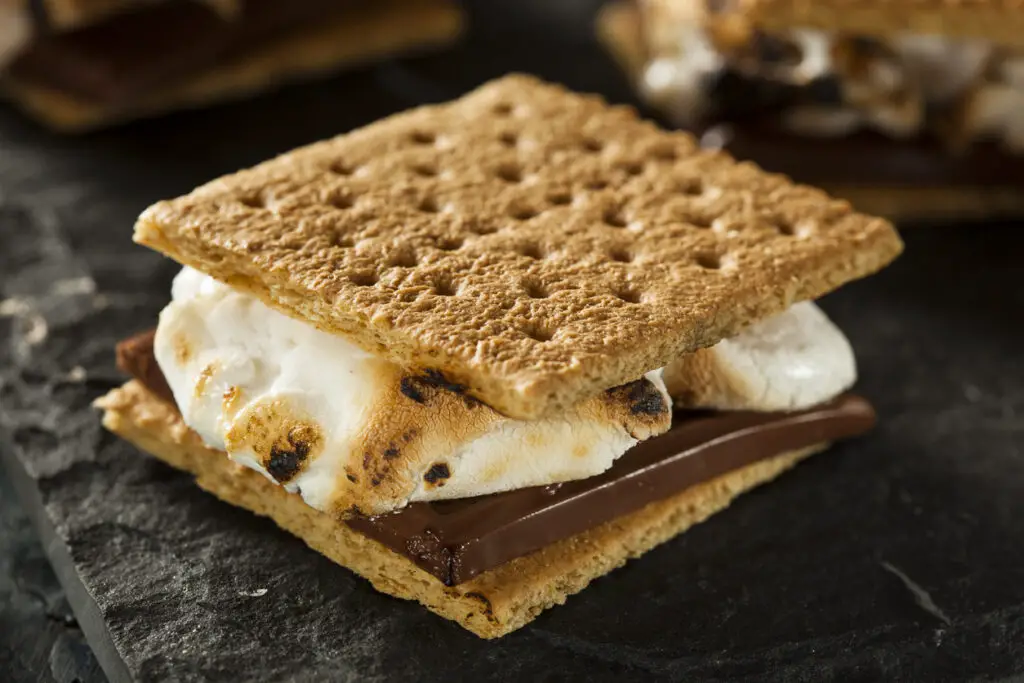
S’mores, the beloved campfire treat, were created by necessity as well. The exact origin of the s’more is unclear, but the earliest known recipe appeared in a Girl Scout manual from the 1920s. The treat, consisting of roasted marshmallows, chocolate, and graham crackers, was invented by scouts looking for a quick and satisfying dessert to make while camping. The combination of gooey, melted marshmallow and rich chocolate sandwiched between crispy crackers is as much about convenience as it is about indulgence.
Despite being a product of outdoor living, s’mores have taken on a life of their own, becoming a symbol of summer nights and childhood memories. Their creation was fueled by the desire for a delicious yet simple dessert to make while away from home, but they’ve grown into something much more.
6. Mac and Cheese
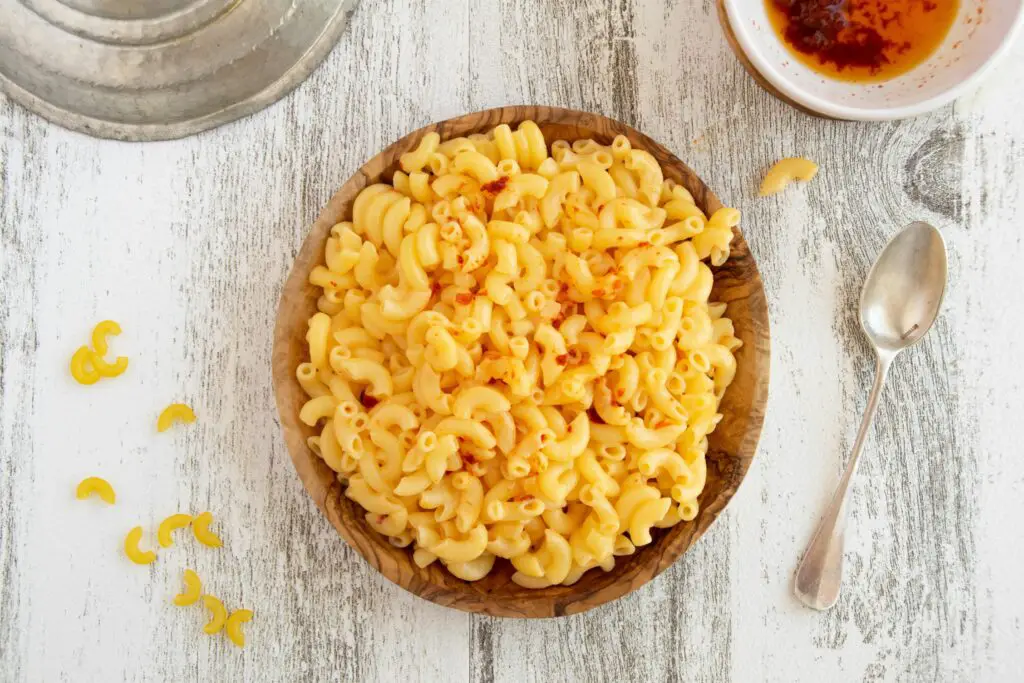
Mac and cheese is another comfort food born of practicality. In the 18th century, Thomas Jefferson is credited with bringing the idea of pasta with cheese to America after a trip to Europe. However, it was during the Great Depression that boxed mac and cheese became a pantry staple. In 1937, Kraft introduced its boxed version, offering families a cheap and easy meal during hard times. It was a solution to stretch limited budgets without sacrificing taste, and it quickly became a family favorite.
What began as a simple way to feed families on a tight budget soon became a beloved American dish. Today, mac and cheese can be found in countless forms, from homemade to boxed, but its origins are tied to both practicality and necessity during a time of financial hardship.
7. Spam
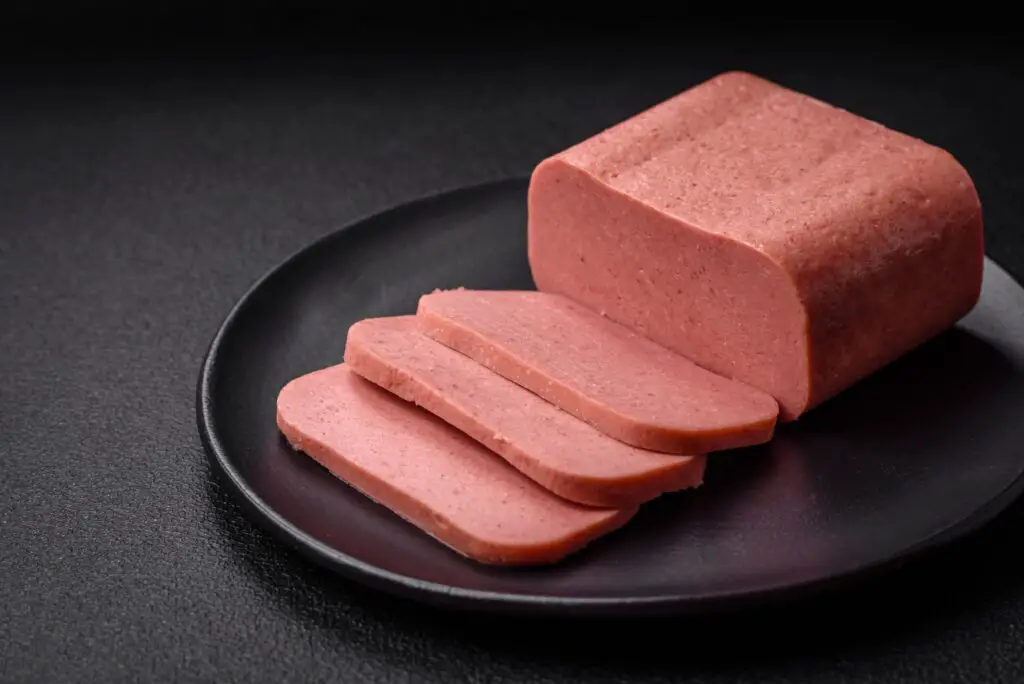
Spam, that iconic canned meat, was invented in 1937 by Hormel Foods during the Great Depression. With meat shortages plaguing the country, Hormel needed a way to create an affordable, shelf-stable protein source. The result was Spam, a mixture of pork, salt, water, sugar, and sodium nitrite, which was introduced as an affordable alternative to fresh meat. Despite its humble beginnings, Spam became a hit, especially during World War II, when it was sent overseas to feed soldiers.
Spam’s legacy is a reminder of how desperation and resourcefulness can lead to lasting innovations. What was once a wartime necessity evolved into a culinary oddity, loved by some and feared by others.
8. Popsicles

The Popsicle, like many great inventions, came about by mistake. In 1905, an 11-year-old boy named Frank Epperson left a cup of powdered soda and water outside overnight with a stirring stick in it. The next morning, he discovered that the mixture had frozen into a solid block on a stick. He was so intrigued that he started selling his frozen treat to local neighbors. Over time, he patented the creation and began selling it under the name “Epsicle,” which later became “Popsicle.”
What was originally a fluke experiment turned into a frozen treat that’s now a symbol of childhood summers. Popsicles, initially a creation born out of curiosity, went on to become an enduring treat for generations.
9. Cornflakes

Cornflakes, the breakfast cereal, were invented by Dr. John Harvey Kellogg in the late 19th century, but not for the reasons you might think. Kellogg, a health reformer, was trying to create a bland, nutritious food that would suppress carnal desires and promote better digestion. He stumbled upon the idea of cornflakes after accidentally leaving cooked wheat to dry out and become flakey. When his patient, who was looking for an easy-to-digest meal, tasted the result, Kellogg saw an opportunity and began mass-producing cornflakes.
Kellogg’s cornflakes weren’t intended to be a tasty breakfast choice but rather a health food aimed at promoting digestive health. They ended up becoming a breakfast icon that’s still popular to this day, showing how necessity often leads to unintended success.
10. Crêpes Suzette
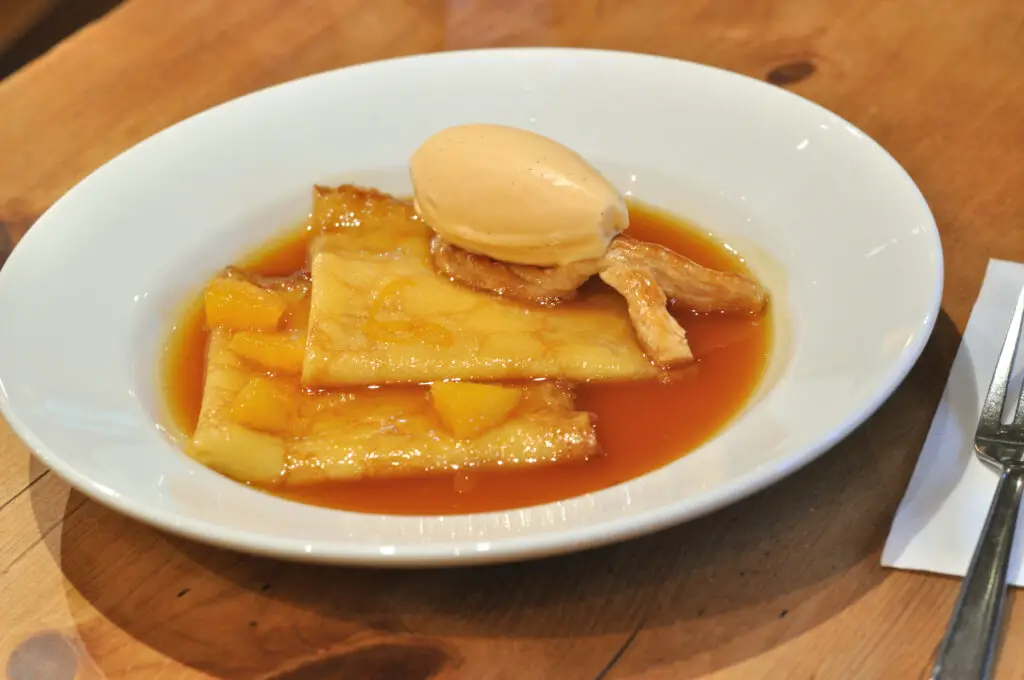
Crêpes Suzette, a French dessert that involves crêpes, orange sauce, and flambéed liqueur, has an origin story that reads like a tale of desperation. Legend has it that in 1895, a young waiter at a Parisian restaurant accidentally set fire to a crêpe with orange sauce while preparing it for the Prince of Wales. In a panic, he quickly served the flambéed crêpes to the prince, who loved the dish and asked for it by name. The dish was then named Crêpes Suzette after the prince’s companion, Suzette.
What started as an embarrassing mistake turned into one of the most famous French desserts. Crêpes Suzette’s legacy is a reminder of how an accident can lead to a delightful culinary discovery.
11. Jell-O
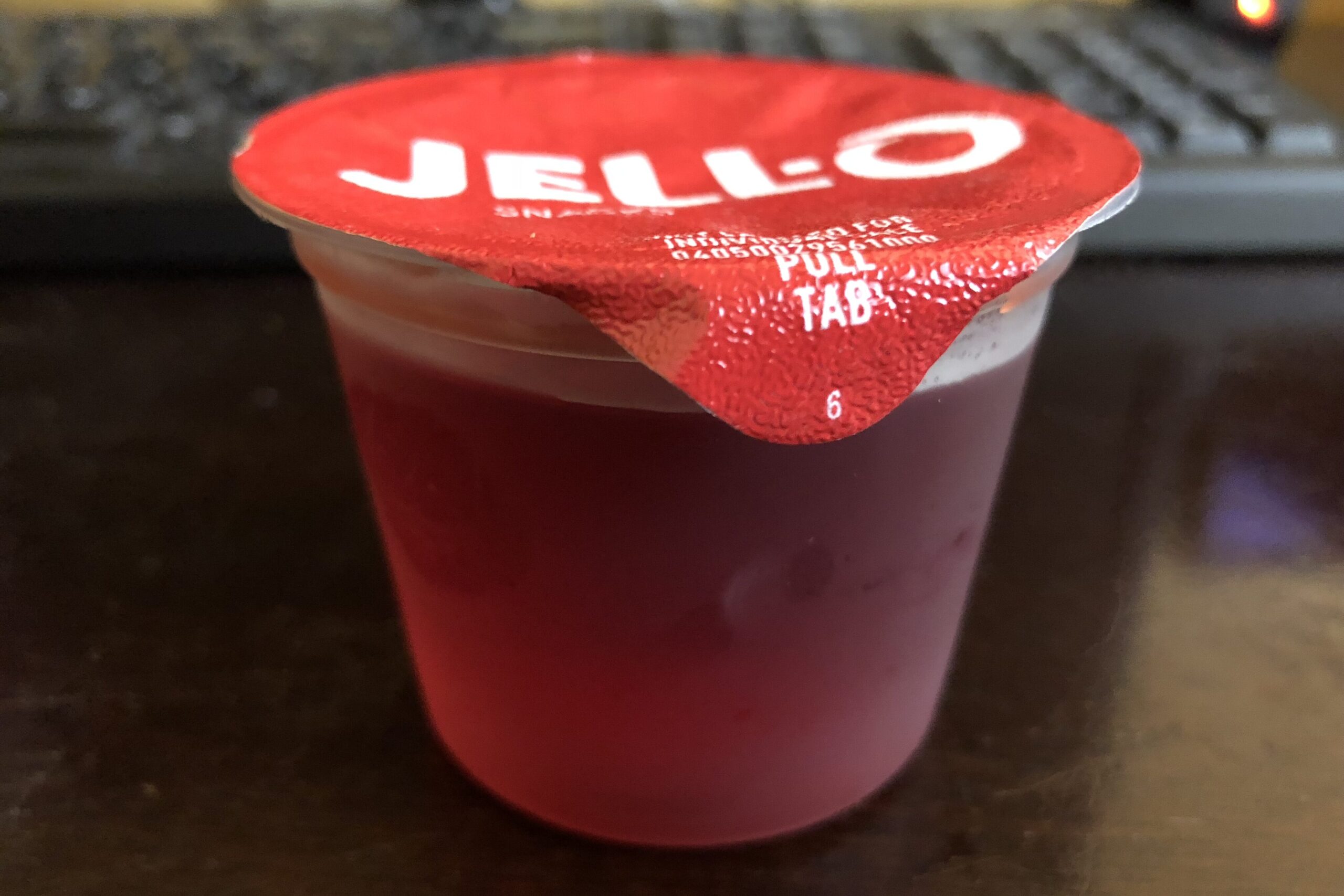
Jell-O, that wobbly dessert we all know so well, was invented by a man named Pearle Bixby Wait in 1897. Wait was trying to create a fruit-flavored gelatin dessert, but he had a limited budget and was working with a minimal selection of ingredients. After mixing gelatin with sugar and fruit flavoring, he created the first version of Jell-O. It became a hit, and after some marketing and the addition of a few more flavors, Jell-O became a household name.
Jell-O’s humble beginnings were born from a lack of resources and a desire to create something fun and easy to make. Today, Jell-O is synonymous with family gatherings, potlucks, and nostalgic desserts.
12. Waffle Iron Hash Browns
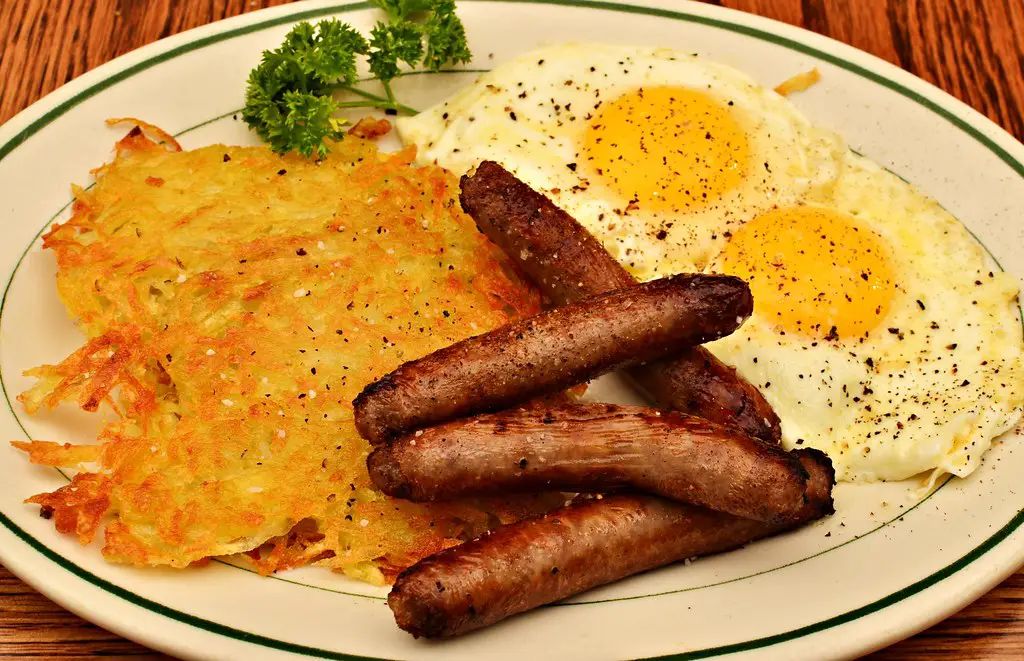
Waffle iron hash browns are a creative invention born out of a desperate need for a new cooking technique. When the world of breakfast foods became saturated with pancakes, eggs, and bacon, people were looking for a new twist on their morning routine. The idea of making hash browns in a waffle iron came about as a solution to cooking them faster and with a crispy texture. It caught on as a clever way to reinvent the classic breakfast dish, and now many restaurants and home cooks are using this method to make crispy, perfectly formed hash browns.
This invention was sparked by the need to make a breakfast favorite in a quicker, more efficient way. What was once a simple reimagining has turned into a popular breakfast innovation that brings new life to the classic hash brown.
13. Beef Wellington

Beef Wellington, a rich and decadent dish, was invented during a time of culinary desperation. It is widely believed that the dish was created in honor of the Duke of Wellington, who was a national hero after defeating Napoleon. However, the origin story goes deeper: the dish was crafted to please the Duke’s specific tastes using a variety of ingredients, all in an attempt to create a dish fit for a hero. Its combination of beef, mushrooms, and puff pastry was seen as a creative way to elevate the meat into something extraordinary.
The dish became symbolic of both luxury and military victory, with chefs adding their own spin to the dish over time. Despite its roots in desperation to impress, Beef Wellington remains a centerpiece for special occasions and an iconic dish in fine dining.
14. The Bloody Mary
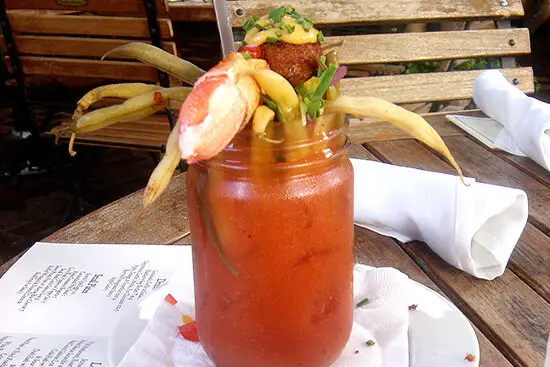
The Bloody Mary, a favorite brunch cocktail, was created in the 1920s by bartender Fernand Petiot. Petiot, who was working at the King Cole Bar in New York’s St. Regis Hotel, mixed vodka and tomato juice together to make a refreshing drink for customers. The drink gained popularity quickly, and over time, it was perfected with spices and garnishes like celery, olives, and pickles. The drink’s creation is often attributed to its need as a hangover cure, offering a delicious and spicy remedy for those feeling the effects of the night before.
Born out of necessity as a way to cure the morning-after blues, the Bloody Mary became an instant brunch favorite. Today, it’s still a must-have cocktail for many, proving that desperation can lead to delicious results.
